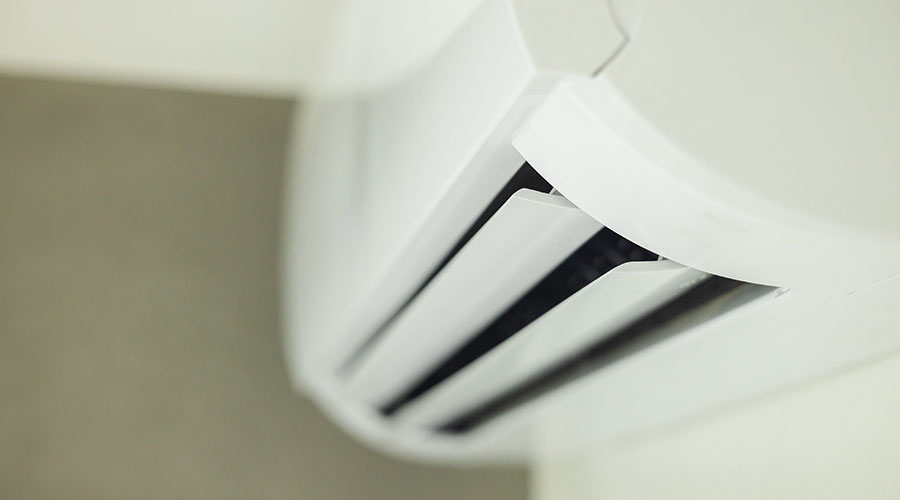Aerial Work Platforms: Operator Training Options
These and other advances, combined with ongoing safety considerations related to lift equipment, make it even more important than ever that managers make training a key issue in purchasing or renting a lift. But too few managers are getting that message, manufacturers say.
“What we’re seeing in the industry is the need for operator training,” Kee says. “There’s a lot of confusion about training.”
First, manufacturers say, managers need to understand the different levels of training related to aerial work platforms. They are:
- General product training, which is available from the International Powered Access Federation or a rental dealer. This training can last up to a full day and gives participants certification to operate lift equipment.
- Machine-specific training, which can take about 45 minutes and is provided by the manufacturer or rental agency when the customer receives the piece of equipment. This training seeks to ensure operators know the particulars of a specific piece of equipment.
Beyond simply arranging for training, managers must ensure the training addresses the specific safety challenges equipment operators face daily, including the most common mistakes related to aerial work platforms. Most often, mistakes occur when users’ minds drift away from a focus on safety.
“Customers too often become complacent,” Reynolds says. “They fail to take time to conduct machine walk-arounds before starting their work. They also fail to make a thorough inspection of the job site and look for things like obstructions. They often see where they have to get to, but not how they’re going to get there.”
Kee points out these common mistakes by lift-equipment operators:
- Not being fully aware of job-site hazards, including potholes and overhead obstructions
- Modifying or overriding safety equipment. The problem can become even worse when multiple users operate one piece of equipment, she says, adding, “The next person who uses the unit might not know it has been modified.”
- Failing to perform a complete pre-start inspection
- Failing to become familiar with the manufacturer’s operating manual.
Managers also must be sure operators put their training into practice.
“In addition to being properly trained, the operator is responsible for conducting a pre-start inspection prior to use of the equipment,” Ford says. The operator should conduct the inspection as described in the operator’s manual. This process typically includes a walk-around of the equipment and a function check. The specific operator’s manual, included with each machine, outlines in detail the full list of operator responsibilities.
Related Topics:









